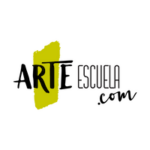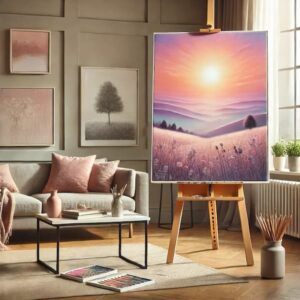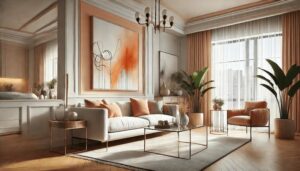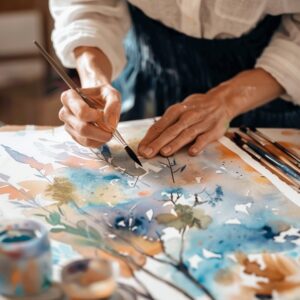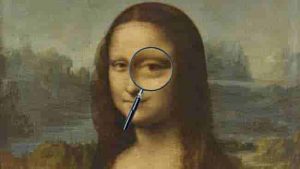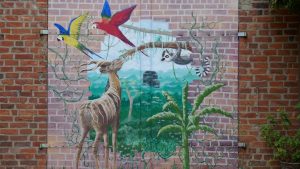Pastel painting with water: A versatile and fascinating technique
Water pastel painting is an increasingly popular technique in the art world, not only because of the richness of the colors, but also because of the versatility it offers artists of all levels. In this article, we will explore in depth what water pastel painting is, how to apply it correctly, its benefits, and the materials needed to get started. In addition, we will provide tips and answers to frequently asked questions to help those who want to delve into this interesting technique.
What is water pastel painting?
Pastel painting with water is an artistic technique that consists of combining dry pastel pigments with water to achieve a unique texture and impressive effects in painting. Unlike traditional pastel, where dry pastel is used directly on paper, this technique introduces water as a medium that softens the strokes and facilitates more subtle color blends, generating smoother transitions and a greater variety of effects.
Benefits of pastel painting with water
The use of water in pastel allows the artist to explore new creative possibilities, while maintaining the intensity of color inherent in dry pastel. Some of the key benefits of water-based pastel paint include:
- Versatility: It can be applied in multiple ways, allowing both a smooth and textured finish.
- Ease of mixing: By adding water, colors mix more easily, creating delicate gradations.
- Unique texture: The water softens the strokes, but when it dries it maintains the characteristic texture of the cake.
- Accessibility: It is an ideal technique for beginners as well as for more advanced artists.

How to start pastel painting with water?
Before starting, it is important to consider the materials you will need to practice water pastel painting and the basic steps to master the technique.
Materials needed for water pastel painting
- Good quality dry cakes: You can use soft or hard cakes, but make sure they are of good quality for best results.
- Suitable paper: Choose a paper that is water resistant, preferably with a thick texture. Watercolor or pastel papers are ideal.
- Watercolor brushes: Soft brushes, such as watercolor brushes, will allow you to control water and colors effectively.
- Container with water: You will need to wet the brushes and mix the colors, so a glass or container of water is essential.
- Paper towels or tissues: To clean the brushes and control the amount of water.
Steps for pastel painting with water
Painting pastel with water, step by step
- Draw with dry pastel: Start by creating a light sketch on your paper using dry pastel. Don’t worry if the strokes are not perfect, as the water will soften them.
- Add water: With a soft brush, begin to apply water over the pastel. Work in small areas to keep control over the effect. You can wet only some parts of the drawing to achieve an interesting contrast between wet and dry areas.
- Blend the colors: If you want to create smooth transitions between colors, use a damp brush to blend the edges between one color and another. The water will help blur the colors subtly.
- Let it dry: Once you are satisfied with the result, let the paper dry completely. Remember that colors may intensify or change slightly as they dry.
- Apply additional layers: If necessary, you can add more layers of dry pastel once the surface is completely dry. This way, you can continue experimenting with details and textures.
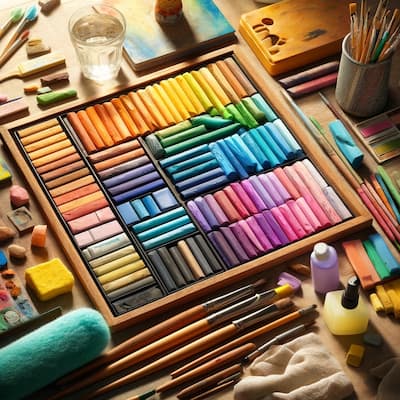
Advanced tips for perfecting water pastel painting technique
Water pastel painting is a technique that allows for a great deal of experimentation. Here are some additional tips to take your artwork to the next level:
Experiment with different water levels
You can adjust the amount of water to obtain very different effects. With little water, the result will be denser and more saturated. If you use more water, you will get a more watercolor-like texture. Feel free to play with different amounts of water to see what suits your style best.
Use different brushes
Each brush will give you a different effect. A small round brush will allow you to work with fine details, while a larger brush will help you cover large areas with ease. Try several options!
Combines techniques
Don’t limit yourself to water-based pastel painting. You can combine this technique with other media such as watercolor or ink to add more depth and variety to your work. For example, a layer of ink can add a graphic touch to a background painted with water pastels.
What is the difference between dry pastel and water pastel painting?
Although both methods use the same type of dry pastel, the big difference lies in the use of water. In traditional dry pastel, the strokes and colors are mixed directly on the paper, often creating a grainy, vibrant texture. In contrast, when water is added, the pastel becomes a sort of liquid paint, which softens the transitions between colors and creates a smoother surface. This difference allows artists to explore different styles and approaches.
To learn how to work with pastel like a real professional, knowing all its characteristics, use of materials and how to get the most out of this technique, visit our Painting Course with Lifetime Access + Workshops.
